The Pre-Treatment Consultation Checklist

These are the four things you can’t miss in your patient consultation when preparing for an aesthetic treatment – copy these to your own Pre-Treatment Consultation Checklist.
In The Checklist Manifesto, Atul Gawade makes an important distinction between knowing what to do and remembering to use that knowledge. Since then, safe surgery checklists have been indispensable in most clinical settings.
The same principles apply to the pre-injection patient consultation. Beyond checking for allergies, pregnancy and breastfeeding, we chose four often-overlooked items you need on your Pre-Treatment Consultation Checklist.

1. Agree on realistic goals
Non-surgical procedures have clinically significant results, unlike most topical skincare sold in the cosmetics industry. However, the prevalence of highly selective or touched-up before and after photos means that patients often have unrealistic expectations of aesthetic procedures.
Here’s how to negotiate realistic goals in your patient consultation…
- Focus on the outcomes that are important to the patient – and which are achievable using the treatment. Involve the patient in actively defining ‘success’ in a realistic way. You should aim for an objective description of the outcome (“more defined” rather than “nicer”).
- Modify the patient’s current understanding of the procedure. Moderate language is essential here. Lines can for example be ‘softened’ or ‘reduced’, rather than ‘erased’ or ‘removed’.
- Ensure the patient is happy with the amount of product needed and the associated expense. There can be a lack of awareness around dermal filler quantities. Whilst 1ml is suitable for a patient in their twenties, older patients often require several millilitres to achieve significant results. A 1ml treatment in a fifty-year old patient is likely to leave a dissatisfied customer who feels short-changed.
- Ask how the patient expects the treatment to affect their everyday life and gain an understanding of their existing knowledge. Do they know how long the benefits of the treatment will last? Are they aware that eg lip fillers may take 2-4 weeks to settle and integrate?

After you’ve discussed these issues, make sure your patient understands them and can talk about each point. You should not be the only one talking!
2. Pre-treatment and post-treatment photographs
Pre- and post-treatment photography is important for various reasons. Not only do these images make it easier to talk through areas of concern, but after treatment patients can become psychologically acclimatised to the effects. Directly comparing follow-up photos means you can exhibit the scale of the outcome to the patient, increasing patient satisfaction.
For insurance companies, these photographs are a medico-legal requirement. In addition, they can manage expected outcomes for future treatments and, of course, add to your portfolio – useful if you decide to gain the Level 7 through Recognition of Prior Learning.
3. Consent. Thoroughly.
Consent may seem like an obvious one, but it’s more than just a signature on a piece of paper. Consent must be informed. Is the patient aware of:
- the long and short term risks and possible complications?
- how complications will be managed – and paid for?
- alternative options — including the option of doing nothing?
A surprising amount of consent for cosmetic procedures overlooks important ethical issues – specifically those relating to the Mental Capacity Act 2005.
This is an incredibly important area of consideration and should play a vital role in your patient selection – or deselection. Remember, knowing who not to treat is a crucial skill for all injectors.

Here are a few steps you can take as part of the mental health screening aspect of your patient consultation:
- psychological screening tools are crucial. Ensure that these are included in your practice. Take further training if they are not
- cover relevant psychiatric history. Eating disorders, depression, and anxiety should all factor into your decision. At the least, these indicate the need for a more thorough psychological assessment before any treatments are performed
- probe for signs of Body Dysmorphic Disorder. Talk through the history and nature of the patient’s concerns. Are their concerns proportionate? What impact have they had on their psychological well-being? ‘High levels of anxiety regarding body image where appearance is within the normal range should trigger psychological referral.’ – Professional Standards for Cosmetic Practice.
4. Pass on information
Has the patient discussed the procedure with their GP? As an aesthetic practitioner, it is currently best practice to inform the patient’s GP, unless the patient has actively chosen not to.
All information correct at the time of publication. Last updated 11 January 2023
Download our full prospectus
Browse all our injectables, dermal fillers and cosmetic dermatology courses in one document.
By submitting this form, you agree to receive marketing about our products, events, promotions and exclusive content. Consent is not a condition of purchase, and no purchase is necessary. Message frequency varies. View our Privacy Policy and Terms & Conditions
Attend our free open evening
If you're not sure which course is right for you, let us help.
Join us online or in-person at our free open evening to learn more.
Our Partners


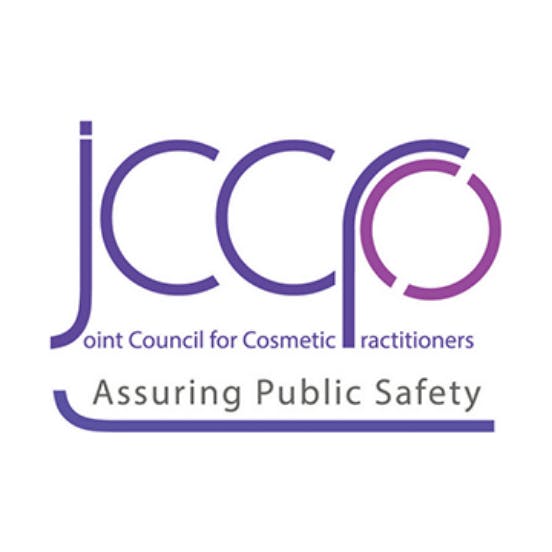

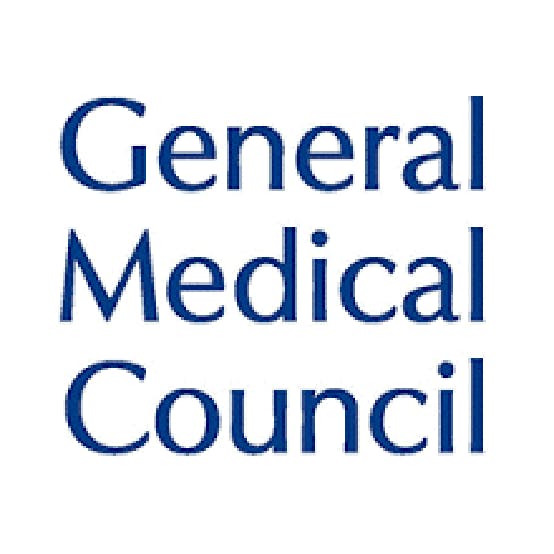


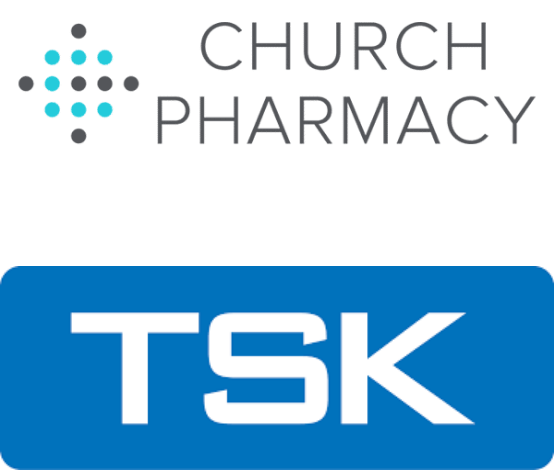

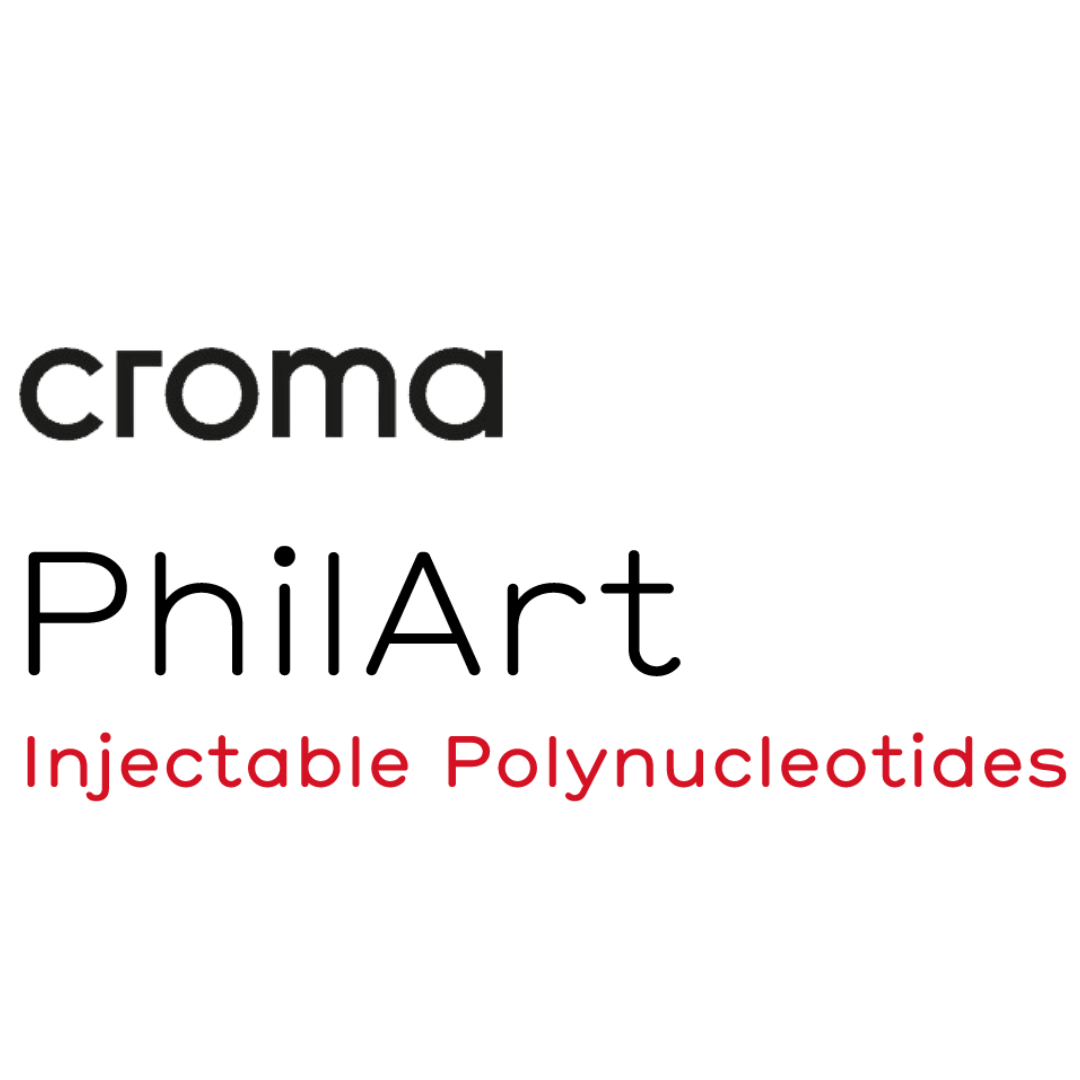

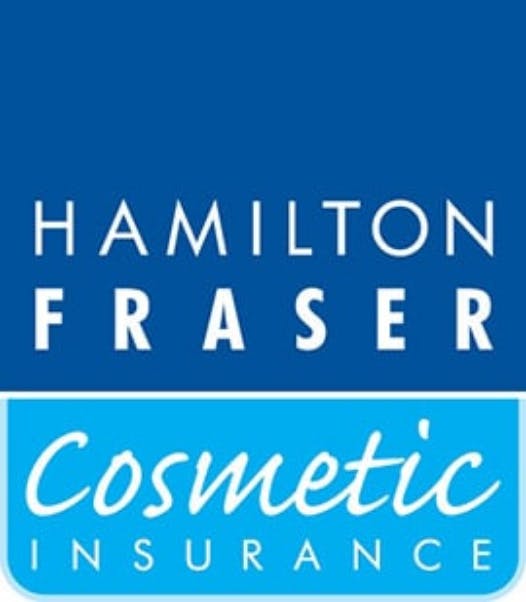
STAY INFORMED
Sign up to receive news, special offers and information about Harley Academy’s products and services.

